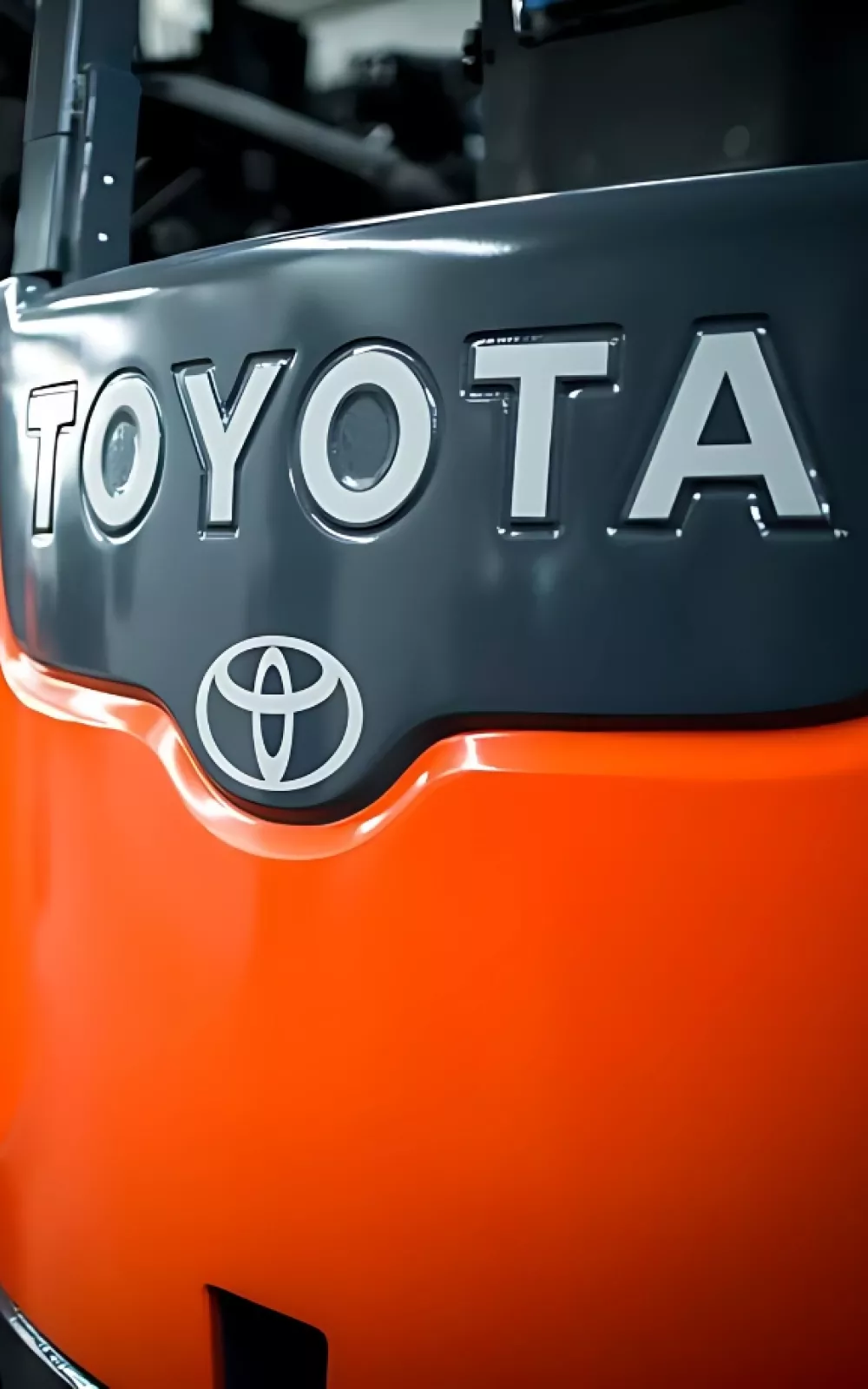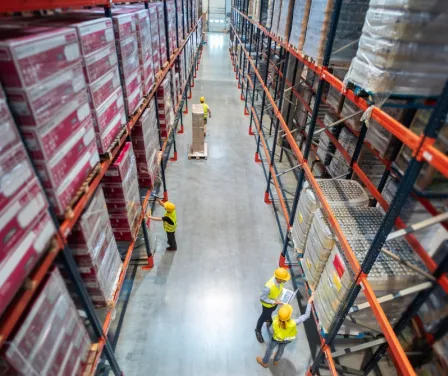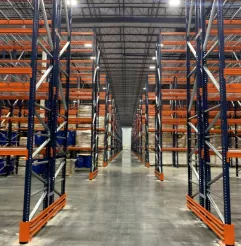Rent
ProLift offers daily, weekly, and monthly rentals. Find the right equipment for maximum productivity and safety.
Let us know how we can assist you! A ProLift specialist will connect with you to help with your material handling needs.

Choosing the right pallet racking for your warehouse is essential for maximizing efficiency and storage space. Learn how to select the best racking system based on your warehouse layout, forklift type, and inventory management processes. Make informed decisions that suit your unique needs and optimize your facility’s operations.

If your company needs pallet racking—whether to replace damaged frames or expand storage—an internet search for "warehouse pallet racking" can produce an overwhelming number of options. Selecting the right racking system for your specific application can be challenging without expert guidance.
Before meeting a storage & handling specialist, it is beneficial to review your current process for moving product and any challenges to eliminate.
The designated location will determine the length, width, and height of the pallet racking. Take note of obstacles preventing easy access or safe equipment operation, including overhead obstacles. If you know the number of pallets you need to store, ensure the location allows for this amount of space.
The type of forklift used will determine the necessary aisle width between pallet racks. For instance, a sit-down counterbalance forklift requires a wider aisle than a stand-up reach truck, which may reduce the amount of racking that can be installed. Evaluate whether you need to continue using your current forklifts or if budgeting for a more efficient model would be a better option for your operation.

Your partnership with ProLift begins before product is purchased. Our warehouse consultants integrate material handling systems, physical space, and the flow of material to create a streamlined, efficient process.
The size of the pallet will determine how many pallets can be stored on each shelf of pallet racking; however, you must adjust dimensions if you have product overhang. If you have multiple pallet sizes, consider pallet racking options that allow for flexibility or even maneuverable forklifts like the Aisle Master Very Narrow Aisle forklift.
Record the weight of your heaviest pallet to determine proper storage capacity to handle the load. The density of the product may also give you the option to double-stack the product.
Your pallet racking system should align with your warehouse's distribution processes. For example, First-In First-Out (FIFO) systems require different pallet racking configurations than Last-In First-Out (LIFO) systems. Additionally, if your operation experiences peak seasons, consider whether your products can be stored in bulk to accommodate increased demand.
Interested to increase your warehouse storage using pallet racking? Contact us to schedule an appointment with a warehouse solutions specialist. Or, learn more about ProLift’s Warehouse Solutions capabilities.
Whether you're planning a warehouse project or need expert advice on the best solution, our sales consultants are here to provide the information and guidance you need.

Let us know how we can assist you! A ProLift specialist will connect with you to help with your material handling needs.
